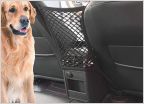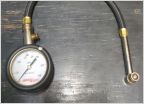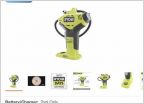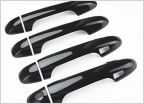-
Welcome to Tacoma World!
You are currently viewing as a guest! To get full-access, you need to register for a FREE account.
As a registered member, you’ll be able to:- Participate in all Tacoma discussion topics
- Communicate privately with other Tacoma owners from around the world
- Post your own photos in our Members Gallery
- Access all special features of the site
Building a 8020 roofrack?
Discussion in '3rd Gen. Tacomas (2016-2023)' started by dschreib, Sep 10, 2019.


 Has anyone with a boat tried this dual-use trailer hitch?
Has anyone with a boat tried this dual-use trailer hitch? Will this work on Tacoma Sr
Will this work on Tacoma Sr Tire Air Pressure Gauge
Tire Air Pressure Gauge Recommendations for portable tire inflator
Recommendations for portable tire inflator Tailgate power lock
Tailgate power lock Exterior door handle protection
Exterior door handle protection











































































